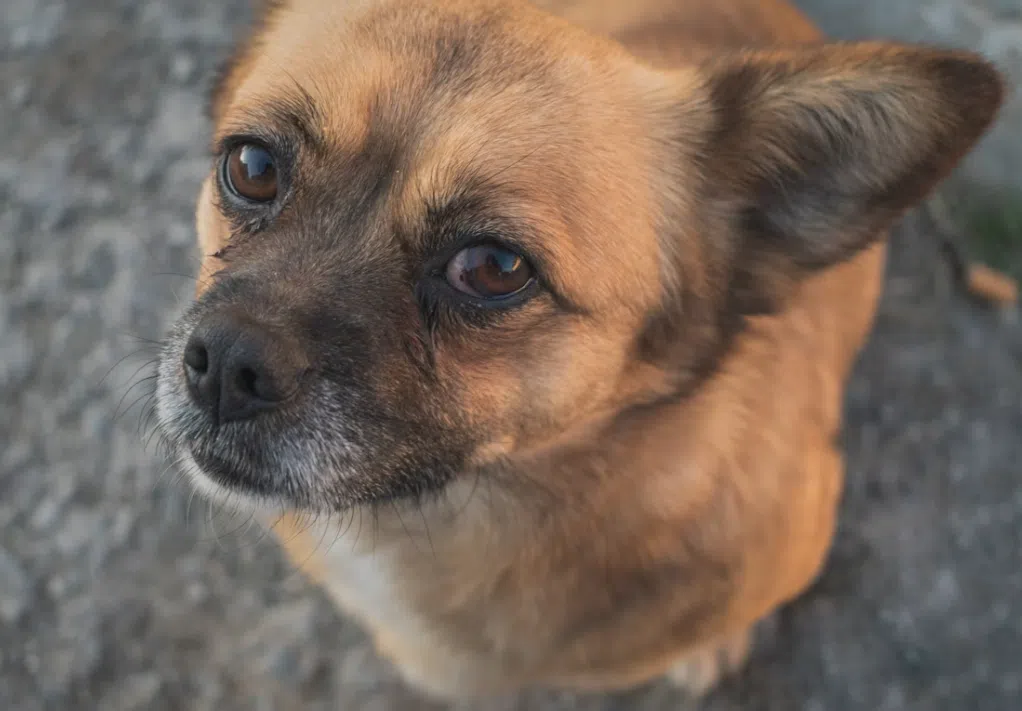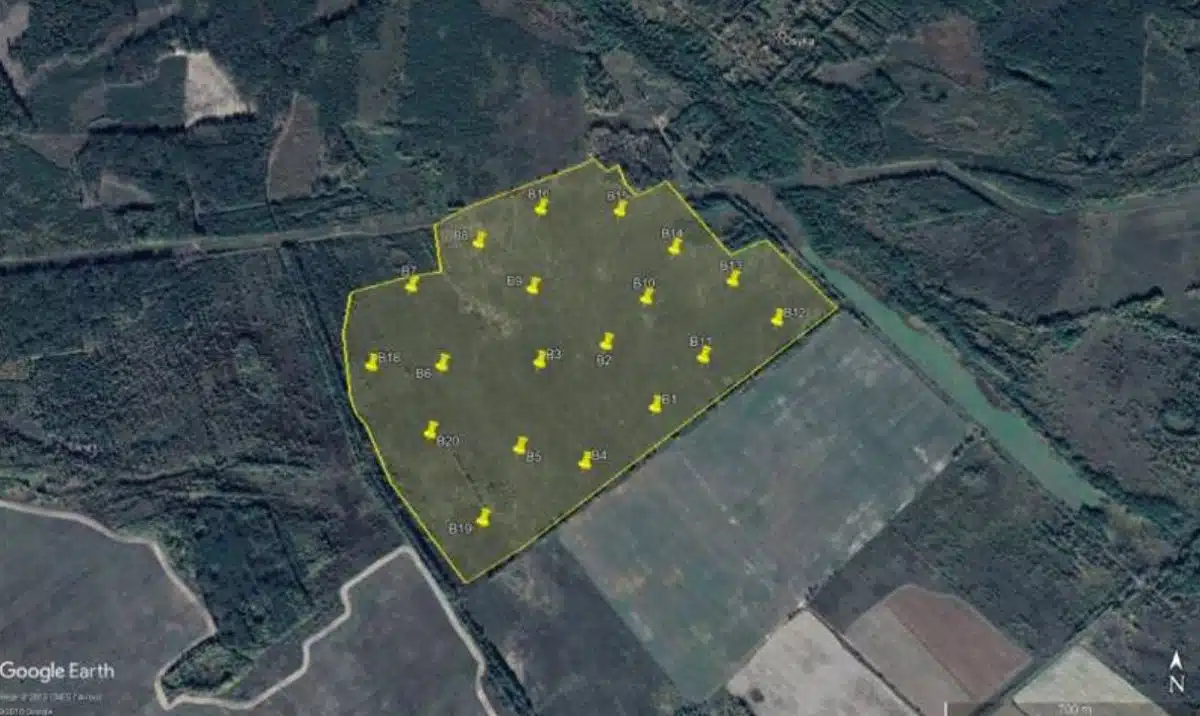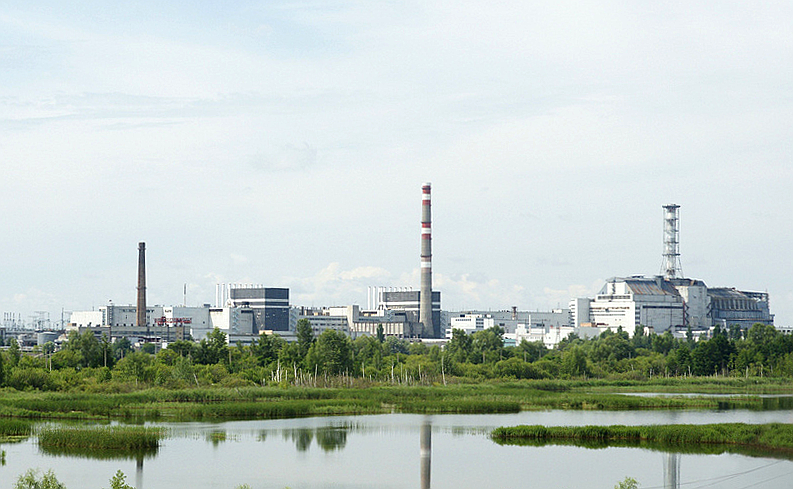The Chernobyl nuclear disaster in 1986 forever transformed the ecosystem of the region. The explosion of reactor 4 released large amounts of cesium-137, iodine-131, and other radionuclides, contaminating over 2600 square kilometers and forcing tens of thousands of people to evacuate.
Today, nearly 40 years later, the Chernobyl dogs, like much of the wildlife in the area, have developed a unique genetic structure.
The Chernobyl dogs and an unprecedented genetic study
In the years following, the wildlife experienced a sharp decline, but over time some species—such as wolves and dogs—managed to adapt and thrive.
The dogs that now inhabit the exclusion zone are mostly descendants of abandoned pets during the evacuation, and they developed a unique genetic structure due to isolation and harsh conditions, rather than direct mutations from radiation.
 What changed in the dogs of the area. (Photo: Unsplash).
What changed in the dogs of the area. (Photo: Unsplash).
An international study published in Science Advances, led by Gabriella J. Spatola and Timothy A. Mousseau, analyzed the genetics of 302 dogs living near the nuclear plant and in nearby cities. The samples, collected between 2017 and 2019, came from three key areas:
- Chernobyl Nuclear Plant
- Chernobyl City (15 km from the plant)
- Slavutych (45 km), where many workers were relocated after the accident
Using single nucleotide polymorphism (SNP) arrays, three genetically differentiated populations were identified.
- Dogs from the nuclear plant: show high genetic similarity and low diversity, indicating a “founder effect” or population bottlenecks after the disaster.
- Dogs from Chernobyl City: exhibit the highest genetic diversity, reflecting less inbreeding and greater population mixing.
- Dogs from Slavutych: possess more haplotypes of modern breeds like labrador retriever and yorkshire terrier, suggesting recent introduction of domestic dogs.
The analysis revealed 15 distinct families, with the largest one shared among all locations. While they are genetically unique, they share partial ancestry with German shepherds, Eastern European dogs, boxers, and rottweilers.
Extreme Adaptation and Disease Resistance
Despite living exposed to radiation levels six times higher than the maximum allowed for humans, these dogs do not exhibit typical mutations caused by radioactive material. Instead, scientists found differences in over 390 regions of the genome, some linked to DNA repair.
 The Chernobyl nuclear disaster.
The Chernobyl nuclear disaster.
Researchers attribute these variations to “natural selection” and population isolation, which favored the survival of individuals with adaptive traits. This process was also observed in Chernobyl wolves, studied by biologist Cara Love, who have developed increased cancer resistance.
Although not completely immune, both dogs and wolves show lower incidence of the disease and greater survival, something comparable—according to experts—to the strengthening effects of radiotherapy on the human immune system.
In a hostile and contaminated environment, these animals display accelerated evolution and how life can find unexpected ways to adapt to extreme conditions.
